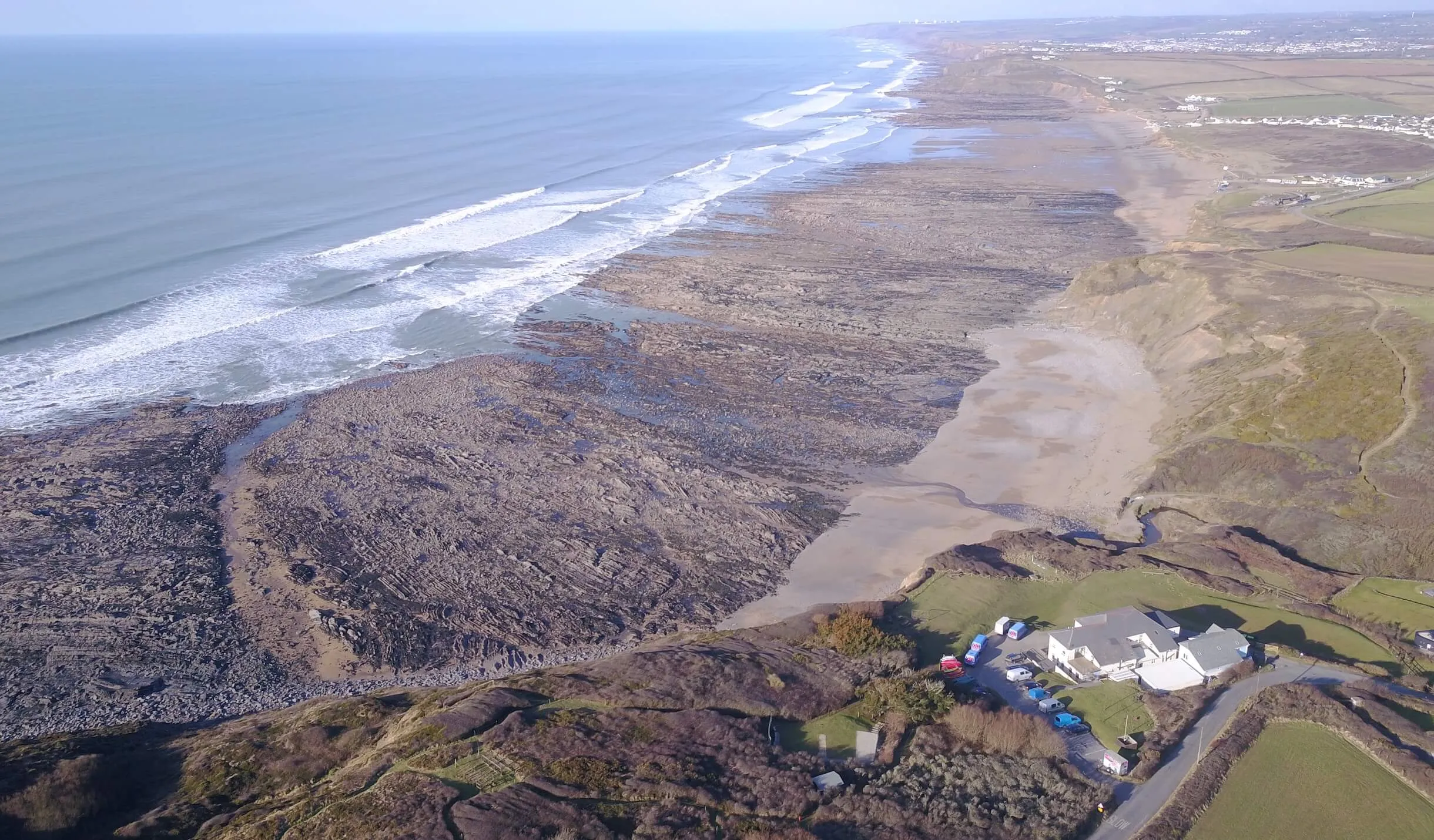The sun is shining and you're reading to jump in the water for a surf, but have you checked the tides at your local break?
If you want to make the most of your time in the water, understanding tides for surfing is essential—especially at a beach like Widemouth Bay, where the tide can significantly change the surf conditions. At OA Surf Club, we always take tides into account when planning lessons and helping surfers of all levels find the right waves.
How Tides Work
Tides are caused by the gravitational pull of the moon and the sun. Most coastal areas, including Widemouth Bay, experience two high tides and two low tides every 24 hours. However, not all tides are equal. There are two main types of tidal patterns you should be aware of: spring tides and neap tides.
-
Spring tides occur around the full moon and new moon, when the gravitational forces of the moon and sun combine. This causes larger tidal ranges, meaning higher high tides and lower low tides.

-
Neap tides occur during the first and third quarters of the moon. During neap tides, the sun and moon work against each other, resulting in smaller tidal ranges—less extreme high and low tides.

Understanding these differences can help you choose the best time to surf depending on your ability and the conditions.
Best Tides for Surfing at Widemouth Bay
Widemouth Bay is a versatile beach break that works on a range of tides, but some times are definitely better than others. For most learners and improvers, mid to high tide during a neap tide can offer the most manageable conditions. The waves are often smoother and slower-breaking, ideal for building confidence and practising technique.
During spring tides, the low tide can expose more of the beach and nearby rocks, creating faster, punchier waves that might suit more experienced surfers. However, the larger tidal range also means the conditions change more rapidly, so timing your session is crucial.
At extreme low spring tides, the waves can become quite steep and close out quickly, which can be challenging for beginners. On the flip side, mid-tide on a spring tide day can deliver some of the best waves if you catch it at the right time—especially when the swell is just right.
Planning Around the Tide
When you book a lesson with OA Surf Club, we’ll always check the local tide charts and choose the best possible time based on your ability and the forecast. We also explain how the tide will affect your session so you can start building that knowledge for yourself.
If you're planning a free surf, make sure to check a reliable tide chart and moon phase calendar. Apps like Magic Seaweed or Surfline provide tide times, heights, and swell forecasts for Widemouth Bay specifically.
Final Thoughts
Knowing how tides for surfing affect your local beach is a game-changer. Whether it’s spring or neap, low or high, the tide plays a huge role in shaping the waves. With a bit of planning—and some local knowledge from the team at OA Surf Club—you’ll be in the right place at the right time for the best waves Widemouth has to offer.

